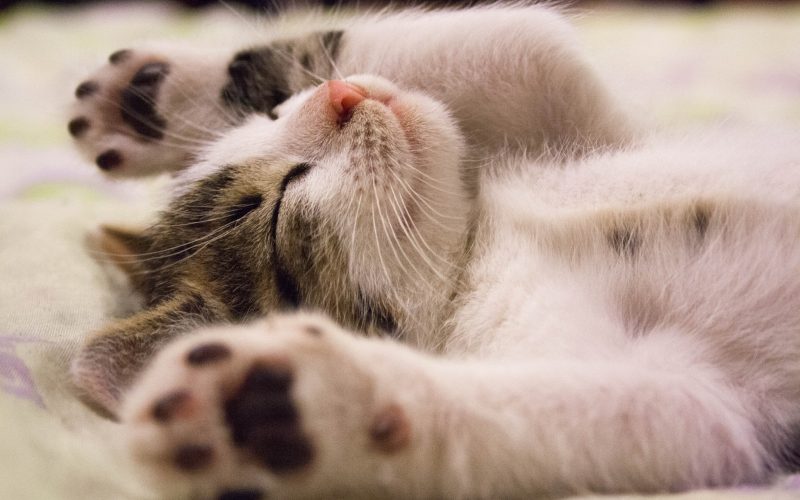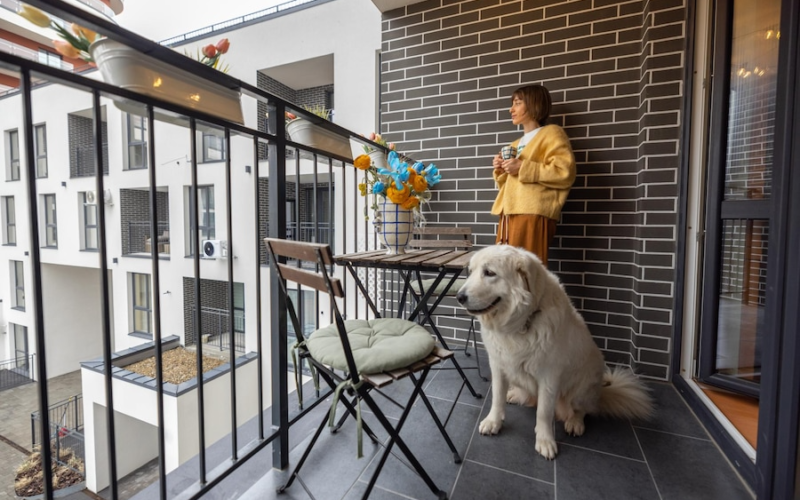
All pet owners feel like their pet is a part of the family — very precious and much loved. This is why it’s so upsetting when our four-legged friends become ill, particularly if it’s a serious situation. Despite taking all of the appropriate preventative health care measures, many pet owners are forced to make the difficult discussion to say goodbye to their animal companion.
Pet euthanasia at home in Melbourne is an excellent option for those who are struggling with the thought of taking their pet to a clinic and returning home without them. Allowing your pet to die with dignity and in the comfort of their own home will ensure you are only left with good memories of them.
Why vets use euthanasia
Vets choose to use euthanasia when a pet is seriously ill and there is no chance of recovery. Euthanasia is designed to be a very humane process that enables a pet to pass peacefully, and also grants its family one last opportunity to say goodbye.
Making the decision to euthanise a pet is very difficult and emotionally distressing. While a vet can advise you what the best option is from the animal’s perspective, it is ultimately the owner who has to make the final decision.
What does euthanasia involve?
The process of euthanasia involves injecting a mixture of drugs into an animal’s bloodstream. These drugs are usually injected into a vein and stop the animal’s heart. In some cases, a vet may opt to place an intravenous catheter into an animal’s bloodstream to prevent complications occurring — particularly if the animal is old or very sick and the vet is struggling to find a vein.
Prior to conducting euthanasia, a vet may also opt to inject a sedative to calm your pet.
One the drugs have been injected, they tend to take effect very quickly. Within seconds the animal will be rendered unconscious before cardiac arrest occurs. It is a very efficient and painless process.
Post-euthanasia
It’s important that pet owners are aware of what to expect once the euthanasia process has been conducted.
Once a pet has passed, their eyes may still remain open. It is likely that they will urinate and excrete waste as their muscles relax. There may be twitching as the drugs take their full effect.
It is also important that you have a plan for what to do once your pet has passed. Perhaps you have a special spot in the backyard that you want them to be buried — just make sure that this is legal in your area. You should also be aware that other animals may scavenge the body and come into contact with the euthanising drugs, which could make them very sick.
If you would prefer for your pet to be cremated, make sure you have organised this beforehand.
Frequently asked questions about pet euthanasia
How will I know it’s the right time?
Many pet owners struggle with this question. While you don’t want your furry companion to be in pain, you also want to spend as many days as possible with them.
Generally speaking, you should consider euthanasia if you feel that your pet’s quality of life has severely decreased. This can be evident through:
- Decreased appetite
- Incontinence
- No longer interacting with you or other animals
- Decreased interest in playing
- Inability to stand or walk on their own
- Evidence of depression, confusion, or mental instability.
A vet will also be able to advise you on when they feel it is right to consider euthanasia.
Should children be present?
Regardless of whether or not there are children present during the actual procedure, experts recommend that parents clearly explain what is going to happen. Using phrases such as ‘putting to sleep’ can be very confusing, particularly for young children.
Children do appreciate the opportunity to say goodbye. If you feel that your children are old enough, ask them whether they would like to be present for the passing.
Will the process hurt my pet?
Euthanasia is a painless process, particularly if a sedative is administered beforehand. The only pain your pet may feel is a pinprick from the needle.
How long does the process take?
From the moment that the drugs are administered, it only takes around one minute for the animal to pass.
How much does it usually cost?
The cost of euthanasia can vary depending on several factors including the size of the pet, where the procedure occurs (at-home or at a clinic) and any additional services that are required including cremation or burial. In Australia, euthanasia tends to cost between $100 – $300.
At-home euthanasia services
When faced with the difficult decision to euthanise a pet, many owners prefer to organise for the process to occur at home. This provides the family with an opportunity to say goodbye and also ensures that the pet is comfortable in their final moments.
Some traditional veterinary clinics conduct house calls to euthanise pets. If your vet does not offer this service, consider using a mobile vet. Many mobile vet services are able to offer pet euthanasia at home in Melbourne, providing comfort and assistance to pet owners in their hour of need.





